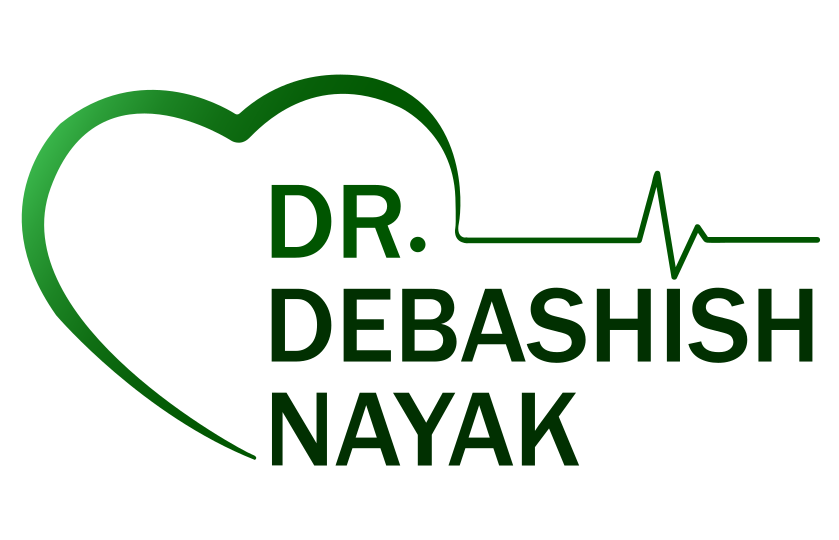
In the field of cardiac surgery, the advent of Minimally Invasive Cardiac Surgery (MICS) has revolutionized traditional approaches to treating cardiovascular conditions. This innovative surgical technique offers patients the benefits of reduced trauma, faster recovery, and improved cosmetic outcomes. In this blog post, we will explore the world of Minimally Invasive Cardiac Surgery, understanding its principles, procedures, and the positive impact it has on patients’ lives.
Understanding Minimally Invasive Cardiac Surgery (MICS):
Minimally Invasive Cardiac Surgery is a specialized surgical approach that utilizes small incisions or ports, specialized instruments, and advanced imaging technology to perform various cardiac procedures. Unlike traditional open-heart surgeries that require a sternotomy (large incision), MICS aims to minimize the invasiveness of the procedure while achieving the same clinical outcomes.
The Advantages of Minimally Invasive Cardiac Surgery:
Reduced Trauma and Scarring: MICS involves smaller incisions compared to traditional open-heart surgery, resulting in reduced trauma to the surrounding tissues. This leads to minimal scarring and improved cosmetic outcomes, providing a psychological benefit to patients.
Quicker Recovery Time:
One of the significant advantages of MICS is its potential to expedite recovery. With smaller incisions, patients typically experience less pain, reduced blood loss, and a faster return to normal activities. Shorter hospital stays and rehabilitation periods contribute to a quicker recovery and improved quality of life.
Lower Risk of Infections and Complications:
The smaller incisions used in MICS minimize the risk of post-operative infections and complications. The reduced exposure of the surgical site reduces the likelihood of wound-related issues, leading to better overall outcomes.
Improved Patient Experience:
Minimally invasive techniques offer patients a more comfortable experience. The reduced trauma, decreased pain, and faster recovery contribute to higher patient satisfaction and a smoother transition to normal life.
Procedures Performed Using MICS:
Minimally Invasive Cardiac Surgery encompasses a wide range of procedures, including but not limited to:
Coronary Artery Bypass Grafting (CABG):
Using small incisions and specialized instruments, blocked coronary arteries can be bypassed to restore blood flow to the heart muscle.
Valve Repair or Replacement
Minimally invasive techniques can be employed to repair or replace damaged heart valves, including the mitral, aortic, or tricuspid valves.
Atrial Septal Defect (ASD) or Ventricular Septal Defect (VSD) Repair:
Holes in the walls of the heart chambers can be repaired through small incisions, eliminating the need for a large open-heart procedure.
Ablation Procedures:
Minimally invasive techniques are also utilized for cardiac ablation procedures, such as radiofrequency or cryoablation, to treat certain cardiac arrhythmias.
Minimally Invasive Cardiac Surgery (MICS) has revolutionized the field of cardiac surgery, providing patients with improved outcomes, faster recovery times, and reduced scarring. With smaller incisions, specialized instruments, and advanced imaging technology, surgeons can perform a range of procedures with precision and efficiency. As MICS continues to evolve, patients can look forward to even more refined techniques, shorter hospital stays, and improved long-term outcomes. This groundbreaking approach to cardiac surgery underscores the remarkable progress achieved in the pursuit of patient-centric care and improved quality of life.
Recent Posts
- Raising Awareness: Protecting Our Hearts and Lives from Rheumatic Heart Disease
- Empowering Surgeons: CME and Workshop on Vascular Injury Management
- Know more about rheumatic heart disease
- Mitral Valve Replacement: Restoring Cardiac Harmony and Quality of Life
- Aortic Aneurysm Repair & Dissection: Safeguarding the Lifeline of the Cardiovascular System



